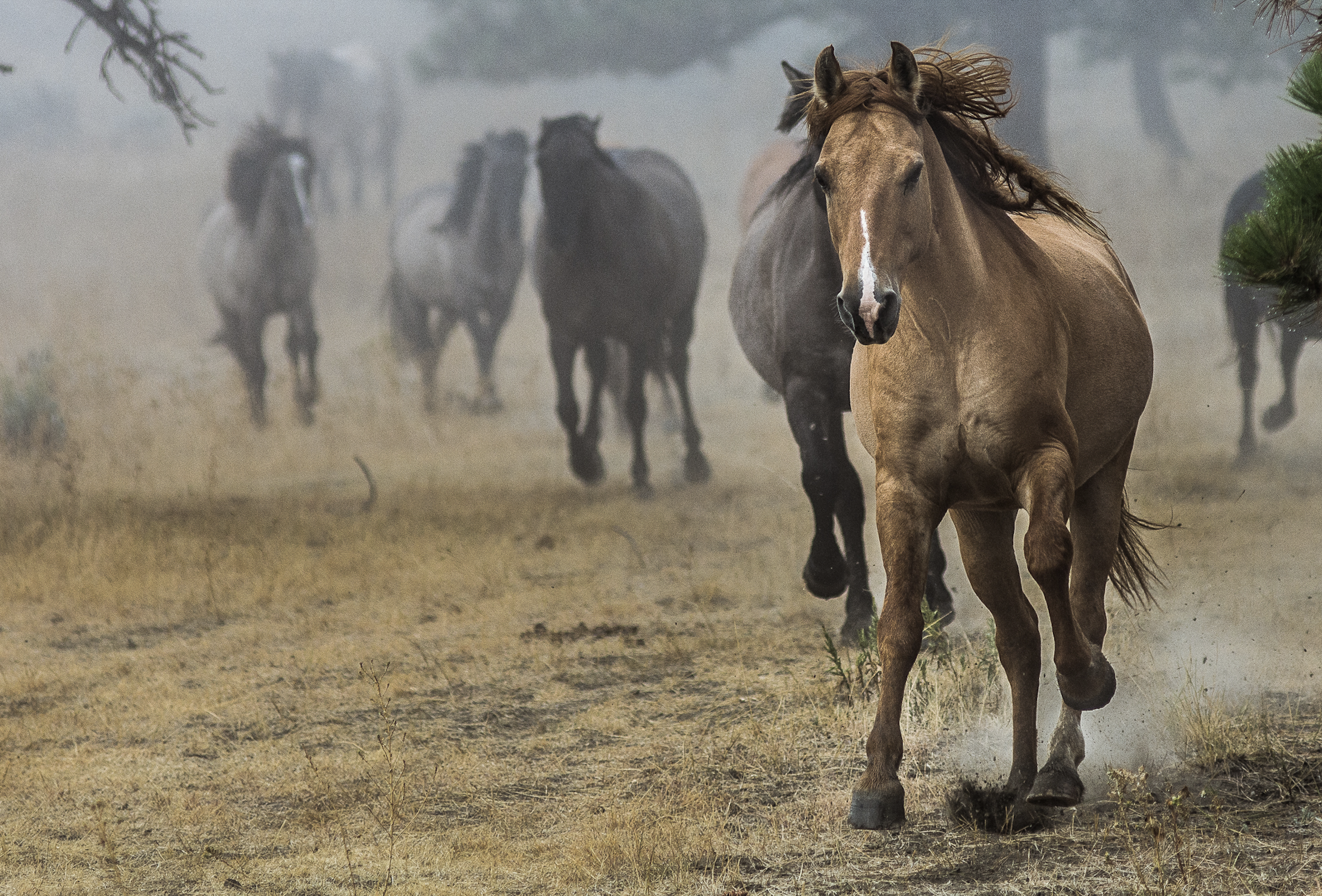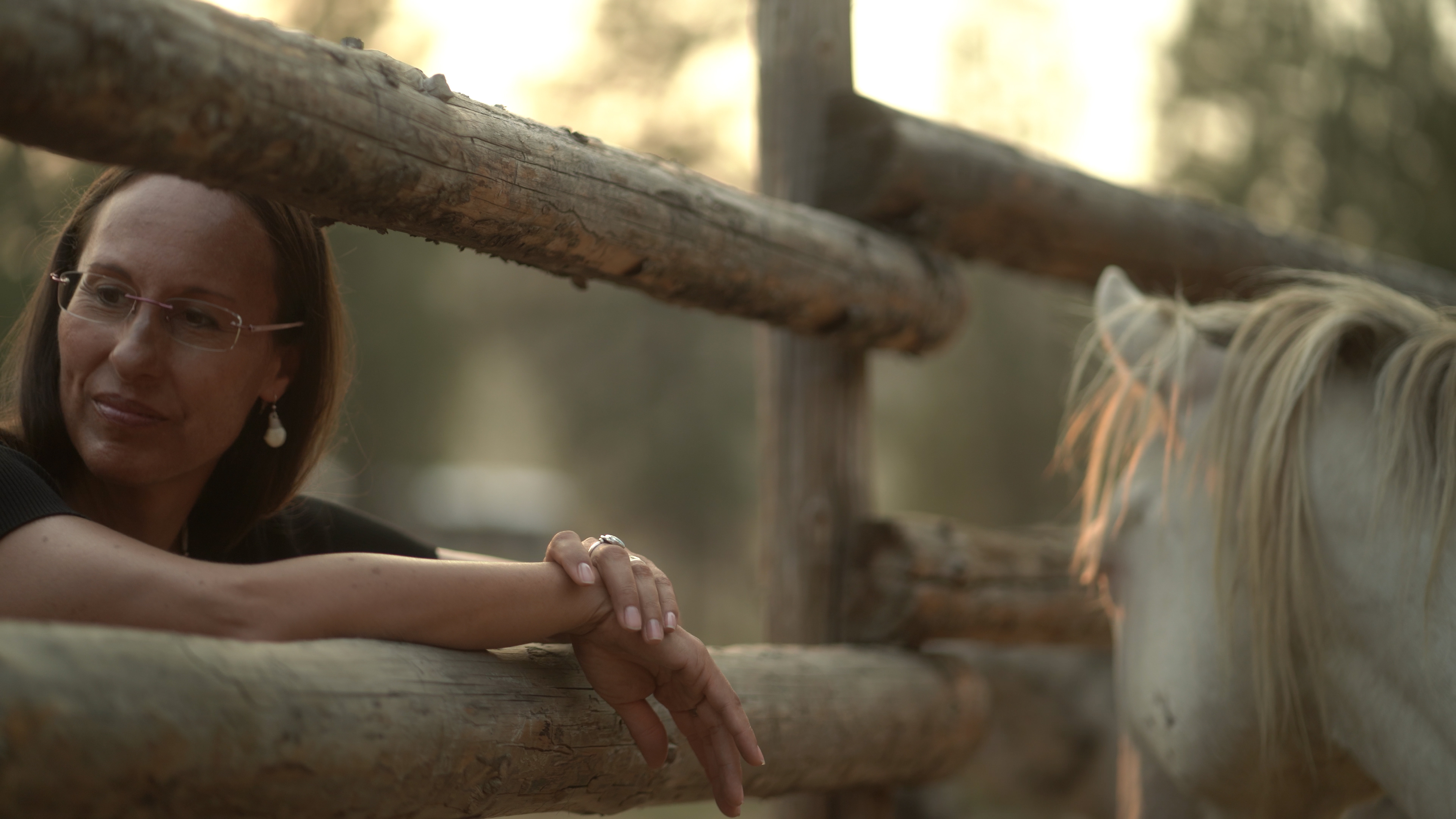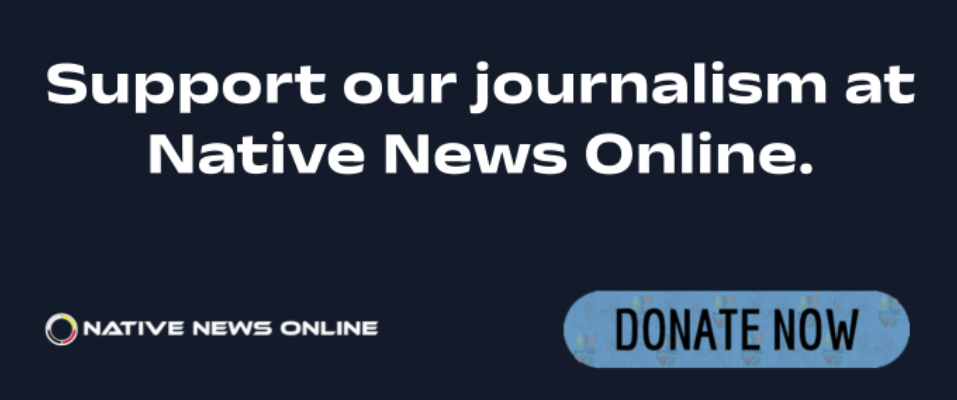
- Details
- By Jacquelyn Cordova
A new study, combining Indigenous science and cutting-edge ancient DNA and isotope analysis, reveals that Late Pleistocene horses moved back and forth between Eurasia and North America between 50,000 and 19,000 years ago in order to survive and thrive as environmental conditions shifted.
“We did this study with our allies from other nations in order to show the world the importance of movement in sustaining life,” says Chief Joe American Horse, a traditional leader and knowledge keeper for the Lakota Nation and a co-author for the study titled “Sustainability insights from late Pleistocene climate change and horse migration patterns” which was released in Science as its cover article on May 15th 2025.
A team of 57 international researchers – including 18 Indigenous scientists from the Lakota, sqilxʷ (suknaqin/Okanagan Nation), Blackfoot, Dene’ (Athabascan) and Iñupiaq Nations and researchers around the globe – came together to bring forward insights that have the power to change the trajectory of global conservation efforts.
“We understand the Horse Nation to be a keystone species that, together with the other life forms with which it shares relationality, brings balance to the ecosystem,” says Chief Harold Left Heron, a traditional Lakota scientist, knowledge keeper and leader for the Lakota Nation. “Multiple scientific systems respectfully joined together in this study to offer knowledge that can be applied by each of us today in our respective communities around the world to preserve all life.”
Today, the frozen soils of Alaska, Yukon and Siberia preserve a remarkable archive of fossilized bones from ancient megaherbivores, including horses. “DNA preserves best in cold environments,” explains Dr Ludovic Orlando, director of the Centre for Anthropobiology and Genomics of Toulouse, a joint multi-disciplinary research center supported by the French National Center for Scientific Research (CNRS) and University of Toulouse, France. “In this study we harnessed the full power of the latest generation of DNA sequencing instruments, and Lakota scientific genomic principles, to uncover a more complete diversity of horse lineages that existed in these regions during the Late Pleistocene,” he adds.
Along with unveiling natural movement patterns of the horse in the geographic region often described as “Beringia,” traditional knowledge and isotope analysis was used to show that horses moved with the other lifeforms in their habitats, going where they were needed and creating balance as they went. In order to do this, this scientific team designed and implemented a new model for cross-cultural and cross-scientific collaboration in the sciences.
“If we are going to meet today’s challenges for the sustainability of life, a new path forward needs to be created that allows us to authentically work together to make sure that life can continue,” says Yvette Running Horse Collin, a Lakota scientist and Director of Taku Skan Skan Wasakliyapi: Global Institute for Traditional Science (GIFTS). “Because of our experience and commitment to understanding and protecting our territories, Indigenous Peoples and our knowledge and sciences need to be at the forefront of this very important conversation.”

Yvette Running Horse Collin with Okanagan horses. (Photo/Science Journal Media Package)
As the horse travels, a number of life forms are given what they need to live. The horse’s digestive system and it daily grazing and browsing patterns means that seeds are passed, encased in fertilizer, ready to grow once they hit the ground. Horses easily make their way through difficult territory, planting as they go. Insects and those that eat them also have what they need to thrive, and predators of various shapes and sizes follow. Where they go, life follows.
In fact, as Wilson Justin, an Upper Ahtna/Upper Tanana Dene’ (Athabascan) Elder and knowledge keeper of the Alth’setnay clan and study co-author explains, this larger movement pattern was known as “The Medicine Man Trail,” a vital corridor that connected the American and Eurasian continents for many tens of thousands of years. It extended from Mongolia on one side, all the way across and as far south as Maya territory. Along this trail, horses, like all life, traveled freely, inter-mixing, contributing, reinforcing and learning from the natural systems that shaped their journey. “This knowledge is held in our songs, stories and in the sciences and lifeways we carry. Singing the song of life ensures that the world is balanced and life can diversify and continue in a good way.”
What can be done today, in a colonial culture obsessed with ownership and man-made boundaries? Create corridors, and allow life to move, says Jane Stelkia, an Elder for the sqilxʷ (suknaqin/Okanagan Nation), which is based on her People’s traditional lands in Canada. “In this study, the horse is offering us medicine by reminding us of the path all life takes together to survive and thrive,” she says. “It is time that we come together, again, to help life find the openings and points to cross and move safely.”
For the Lakota, allowing the horse to be what it was designed to be is long overdue. “Our Horse Nation relatives always know when it’s time to move and where they are needed in the circle of life. In this study we bring forward the Lakota scientific concept “yutaŋ’kil,” which means that life never moves alone, but follows its ecosystem and joins with intention - life must move to survive,” says Chief Joe American Horse. “When a storm comes through and it becomes so dark you cannot see anymore, we know to let go of the reins and allow the Horse Nation to take us home. It’s time to follow their lead.”
This collaborative scientific team will expand their partnerships and come together to apply the results of this study and much more at the Black Hills Wild Horse Sanctuary, located in South Dakota. Click here to learn more: https://youtu.be/Nr57_3ZUp18?si=CXEmf0y7RzXPrJTS
Help us defend tribal sovereignty.
At Native News Online, our mission is rooted in telling the stories that strengthen sovereignty and uplift Indigenous voices — not just at year’s end, but every single day.
Because of your generosity last year, we were able to keep our reporters on the ground in tribal communities, at national gatherings and in the halls of Congress — covering the issues that matter most to Indian Country: sovereignty, culture, education, health and economic opportunity.
That support sustained us through a tough year in 2025. Now, as we look to the year ahead, we need your help right now to ensure warrior journalism remains strong — reporting that defends tribal sovereignty, amplifies Native truth, and holds power accountable.
 The stakes couldn't be higher. Your support keeps Native voices heard, Native stories told and Native sovereignty defended.
The stakes couldn't be higher. Your support keeps Native voices heard, Native stories told and Native sovereignty defended.
Stand with Warrior Journalism today.
Levi Rickert (Potawatomi), Editor & Publisher

